Sixty-seven years after it sank in the depths of Lake Garda in northeastern Italy on the stormy night of April 30, 1945, an American amphibious vehicle, a 2.5-ton DUKW, has likely been located sitting upright in 905 feet of water.
The finding, intriguing to those following the stories of World War II relics discovered, recovered, and possibly restored decades after they were lost, may also finally bring some closure to the families of 24 soldiers of the 10th Mountain Division who drowned in the lake and went down with the DUKW that night. These men died just a week before the end of the war in Europe on May 8, 1945, and only about 48 hours before all German forces in Italy surrendered to the Allies on May 2. Tragically, there were casualties right up to the hour that the guns fell silent.
During the closing offensive of the war in Italy, the 10th Mountain Division had been among the Allied units chasing the remnants of the beaten German Army northward toward the Alps, the Brenner Pass, and the Austrian frontier. Lake Garda, 60 miles east of Milan, was near the villa occupied by deposed dictator Benito Mussolini, who had recently proclaimed the Fascist Italian Socialist Republic, a mostly fictitious state, more form than substance.
On that fateful night, the DUKW, which routinely had room for 12 men, was loaded with 25 soldiers. One report claims these were troops of the 85th Infantry Regiment, members of Company K, and a machine-gun platoon of Company M. Another says that the troops were from the 605th Field Artillery Battalion with a driver from the Quartermaster Corps. An Italian account relates that a small artillery piece was also aboard. Soon after the craft set out across the lake, it foundered, dumping its human cargo into the water.
Although the fog of war and the passage of time have given rise to confusion in identifying the unit to which the casualties belonged, a single soldier, reportedly identified as Corporal John Hough, survived by clinging to a floating vehicle part. The other 24 men, ages 18 to 25, were officially listed as missing in action. The reason for overloading the amphibious vehicle is also apparently lost to history.
Mario Fusato, leader of the archaeological team that discovered the DUKW resting at the bottom of Lake Garda, told the Christian Science Monitor, “It was the biggest disaster to happen in modern times on Lake Garda.” In a subsequent interview with Ansa, an Italian news agency, Fusato said, “On Sunday, the sonar gave us an initial image, but it wasn’t clear enough to be able to say for sure that it was the DUKW. On Monday, though, we used a remote-controlled camera and we saw it. It is intact and sitting upright. There are lots of objects around it, which could be the skeletons or remains of the soldiers who drowned.”
The wreck site lies too deep for divers. Fishing nets have become entangled around the vehicle, and tethered search equipment could easily snag at great depth. Any attempts to recover artifacts or determine the presence or absence of human remains will be challenging. Further, a decision will have to be made as to whether the site is designated as a war grave and treated as a sunken ship would be or if a salvage operation should be conducted with any remains recovered and identified subsequently returned to family members for burial.
The searchers who located the sunken DUKW have notified American authorities, and ultimately it will be the U.S. government that decides what, if anything, will be done in the future.
Michael E. Haskew
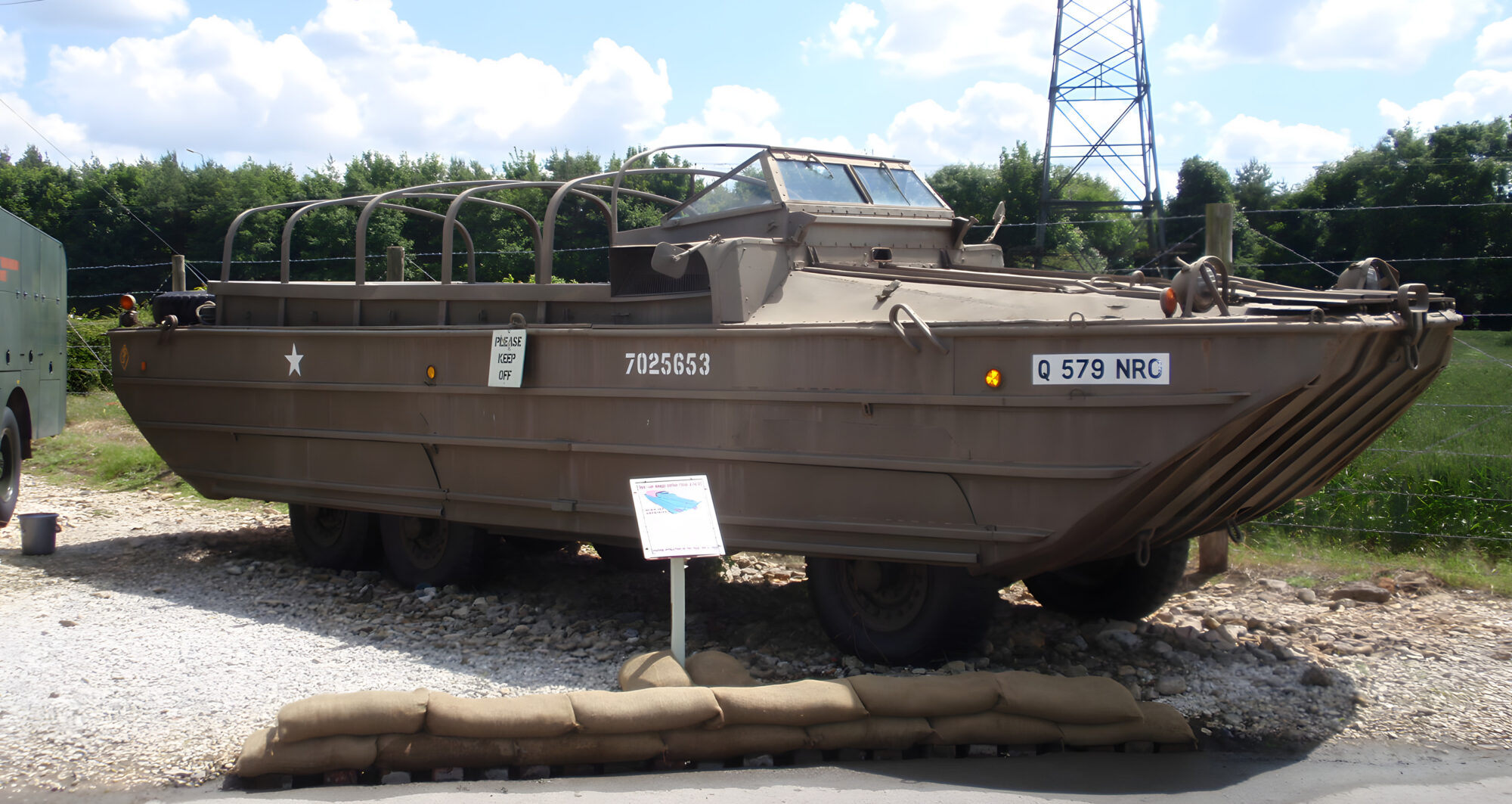
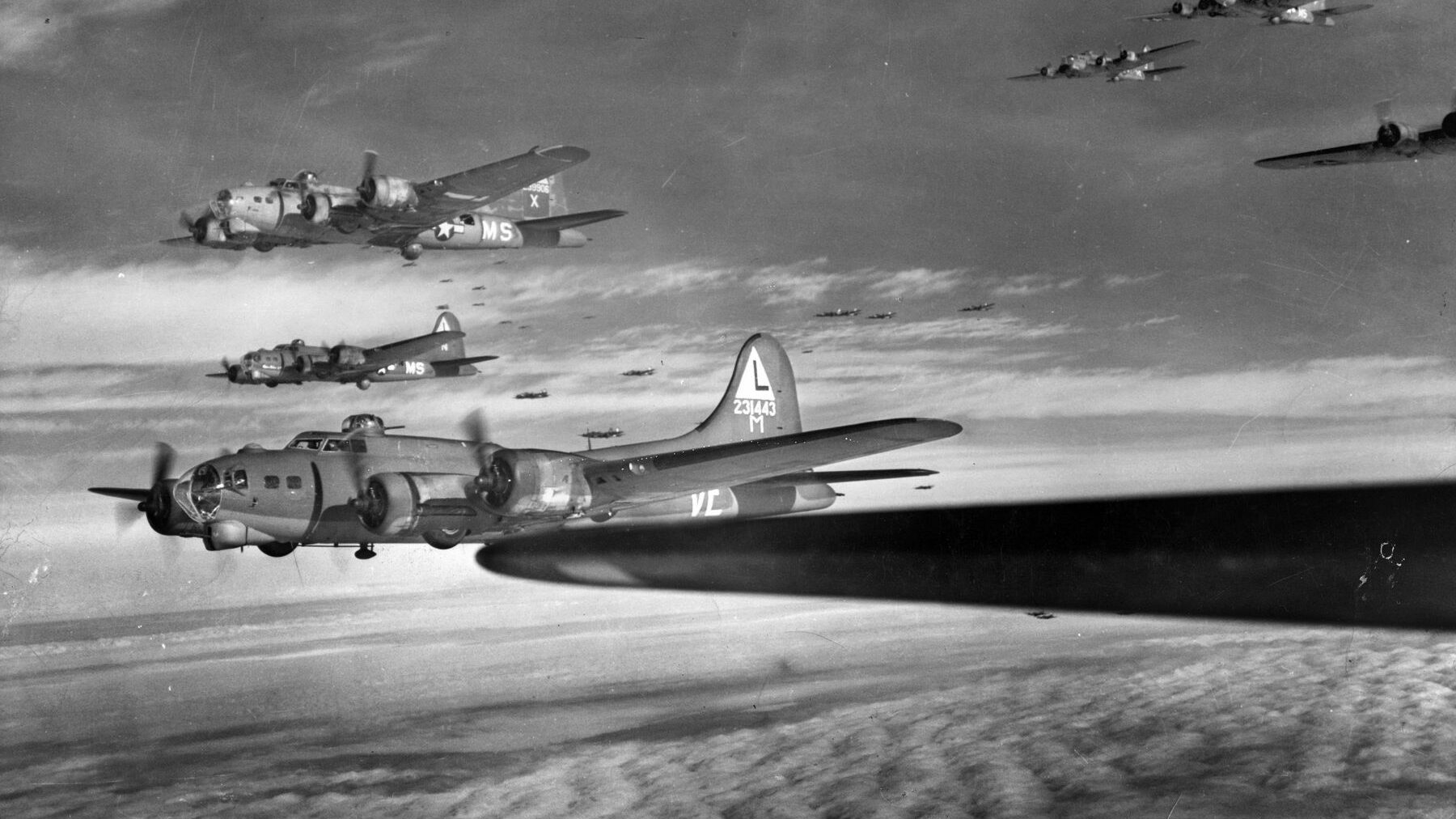
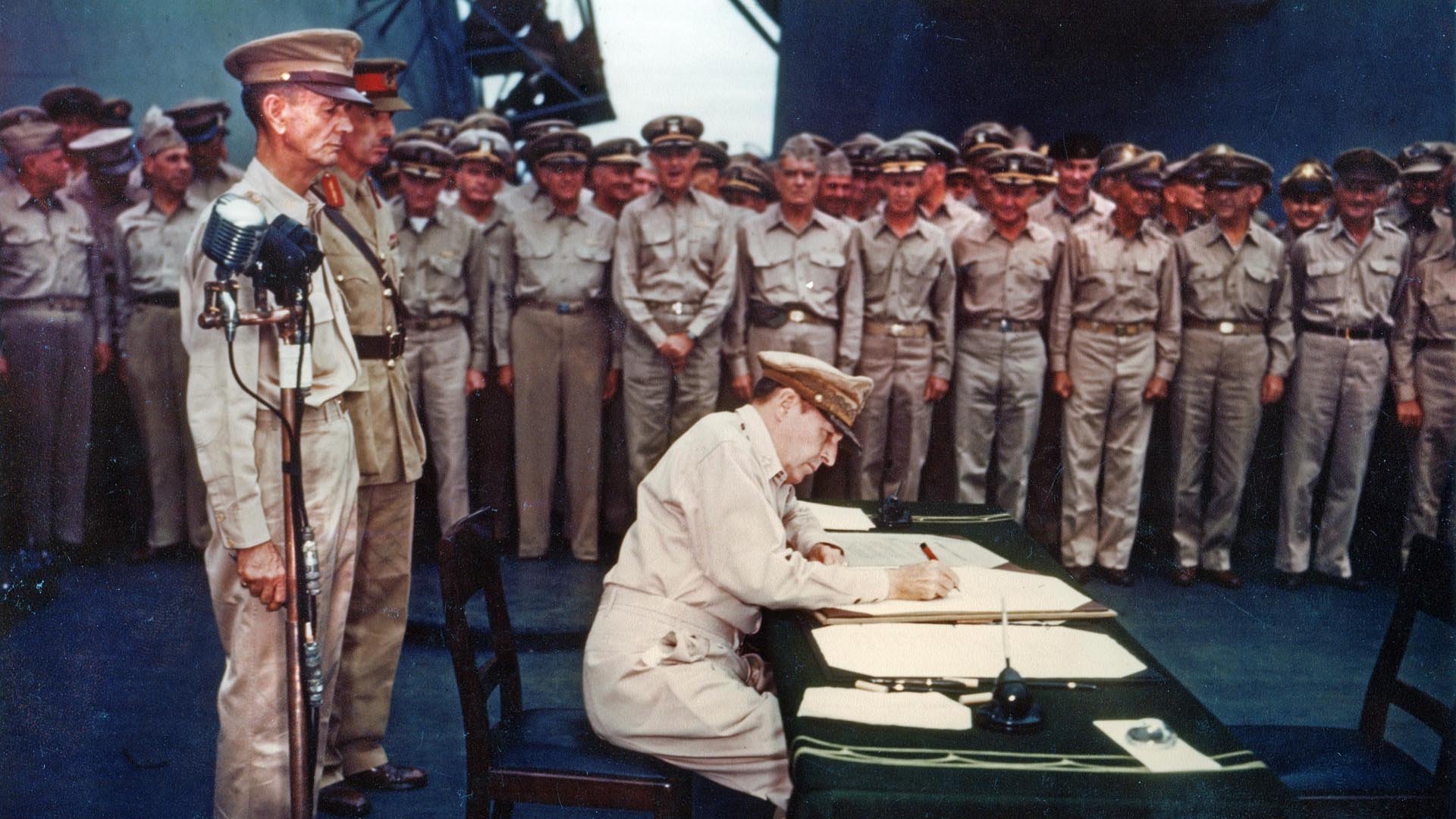
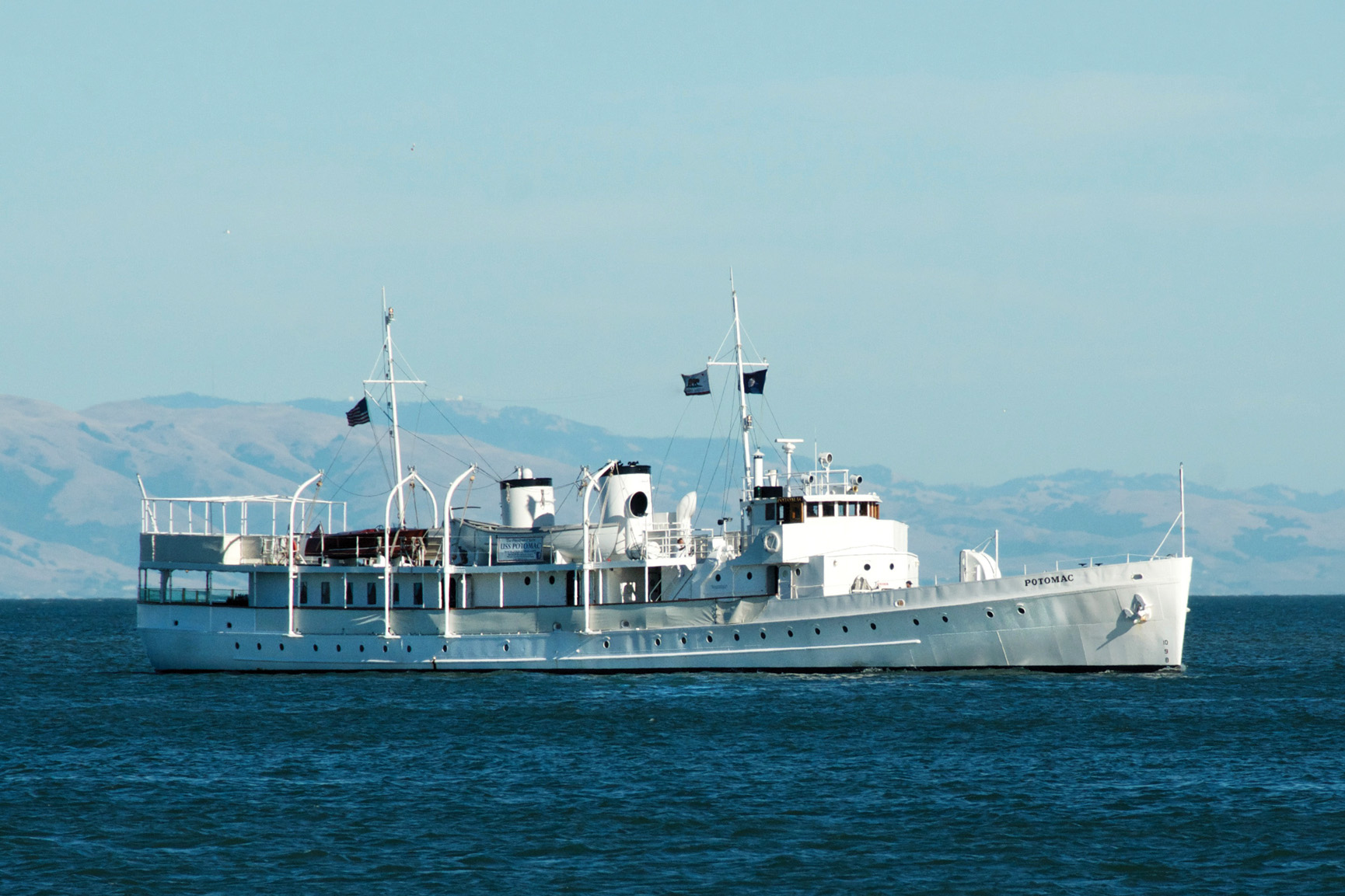
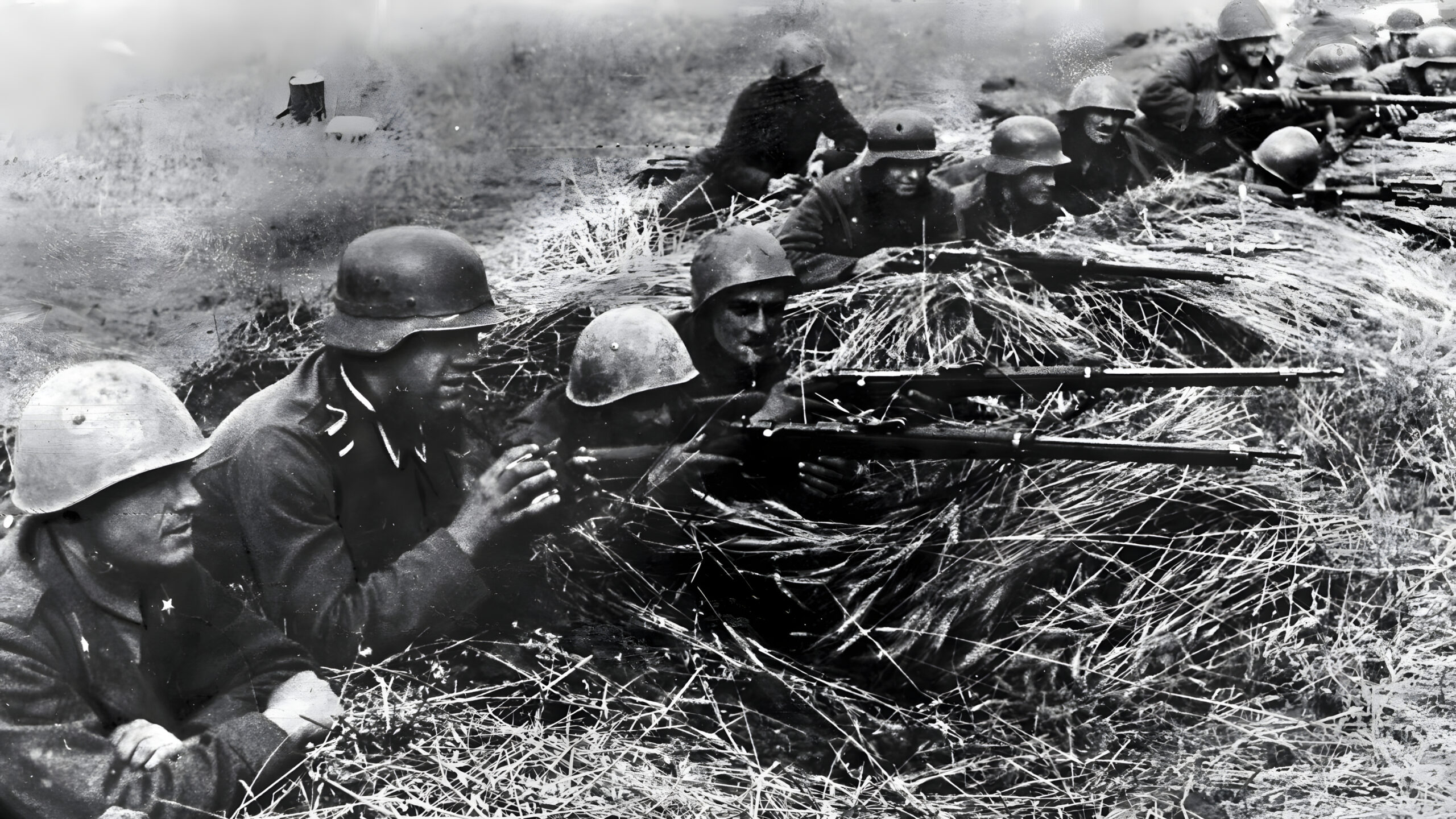
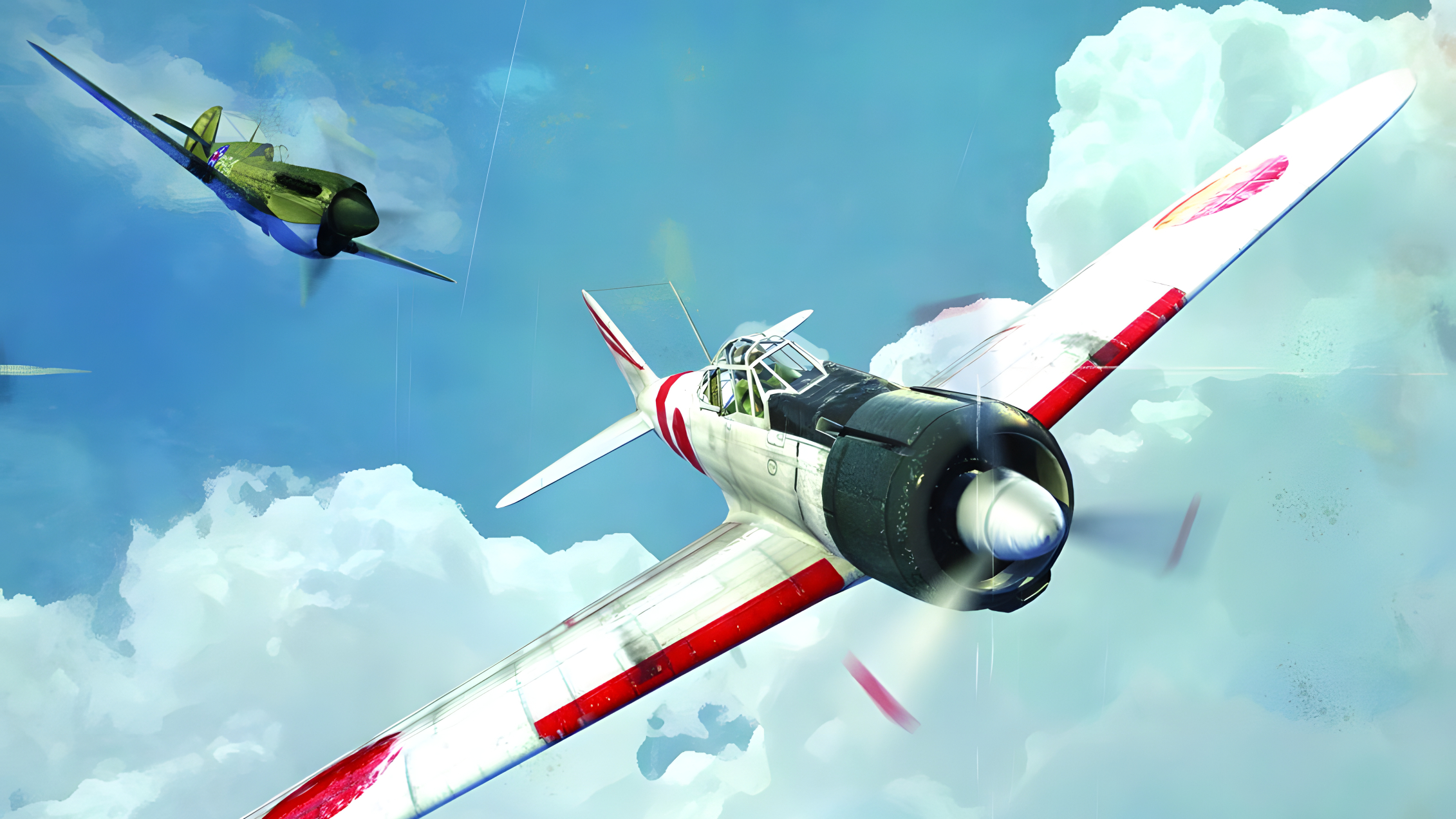

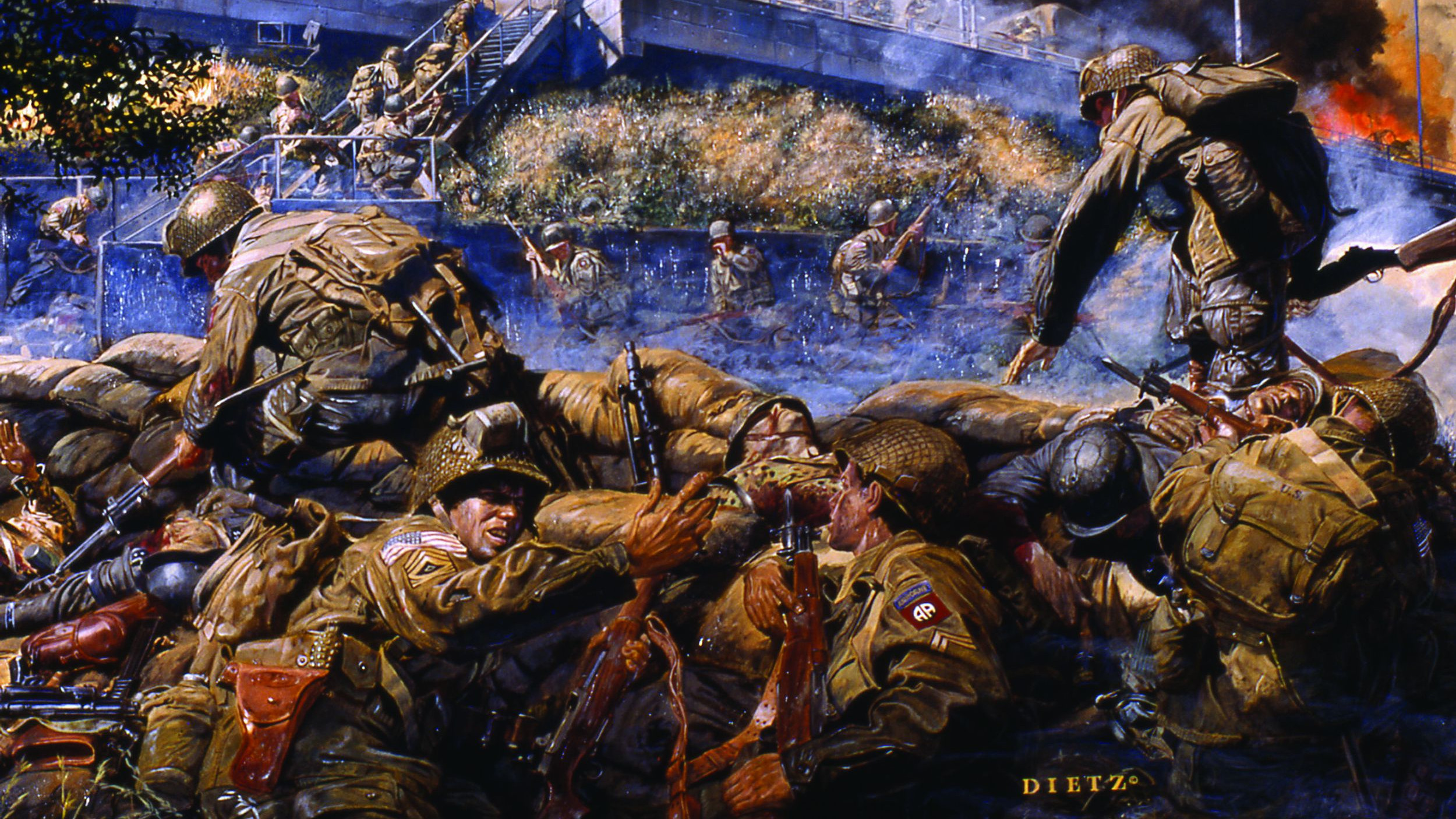
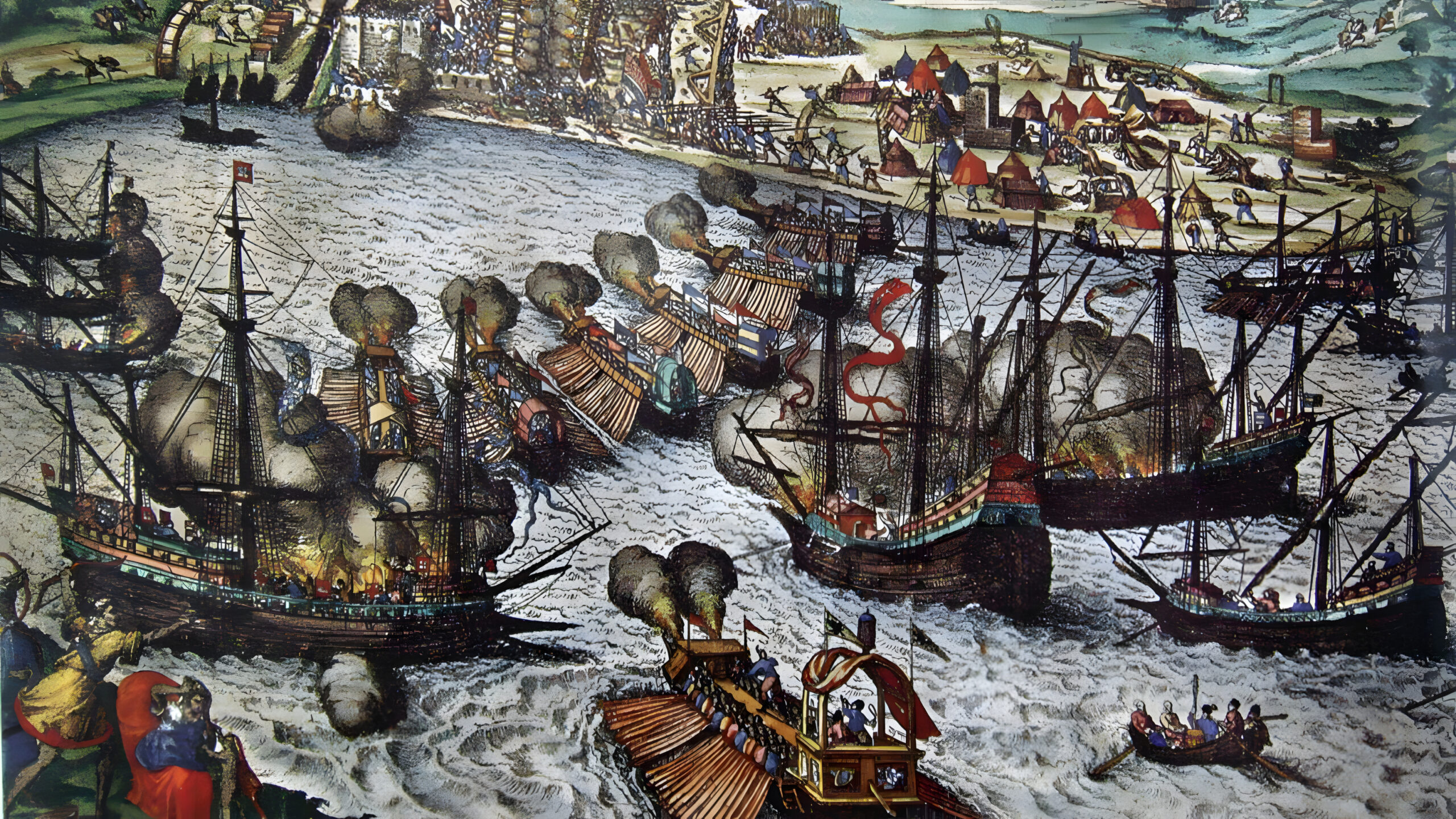
Join The Conversation
Comments
View All Comments